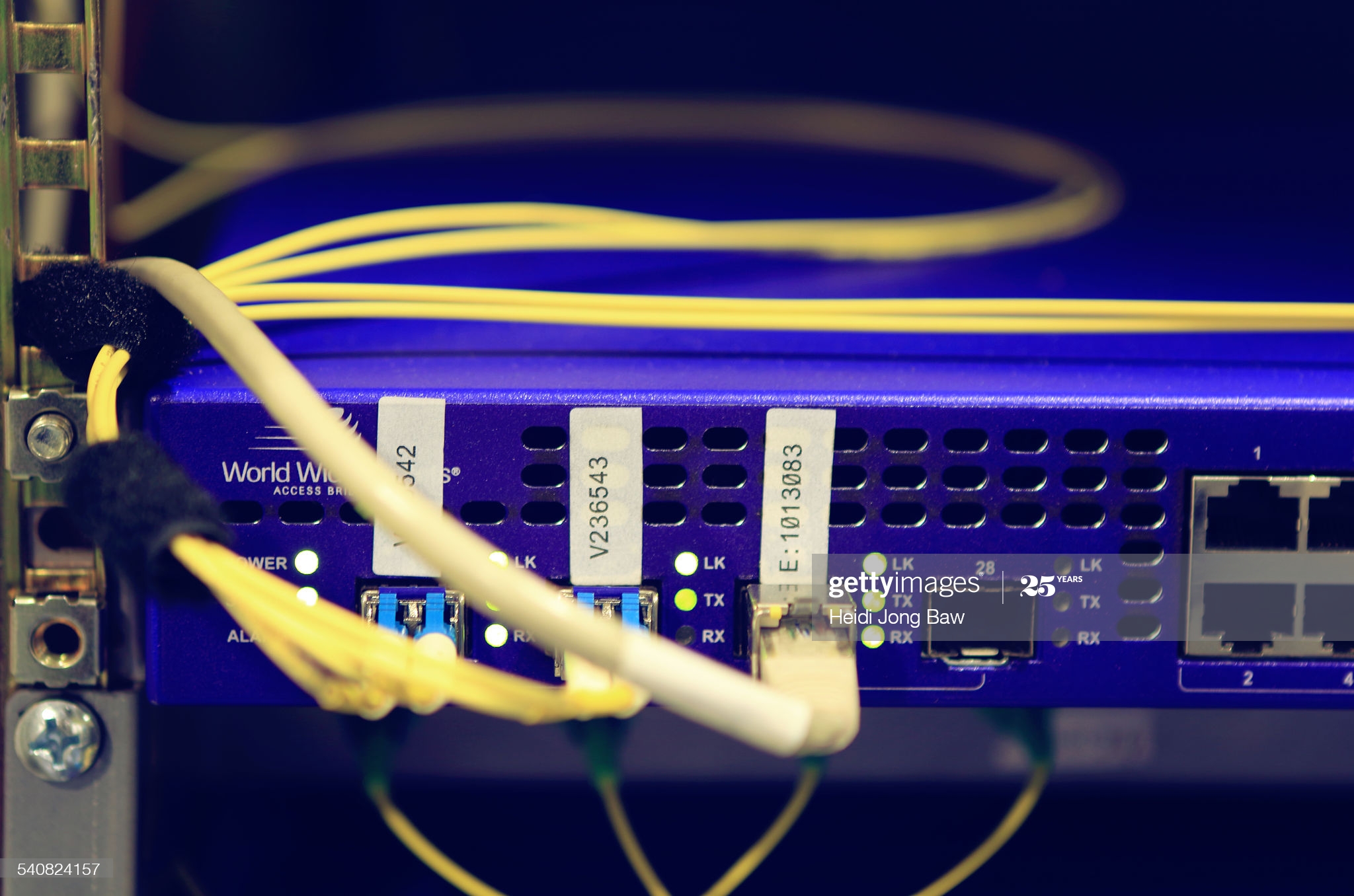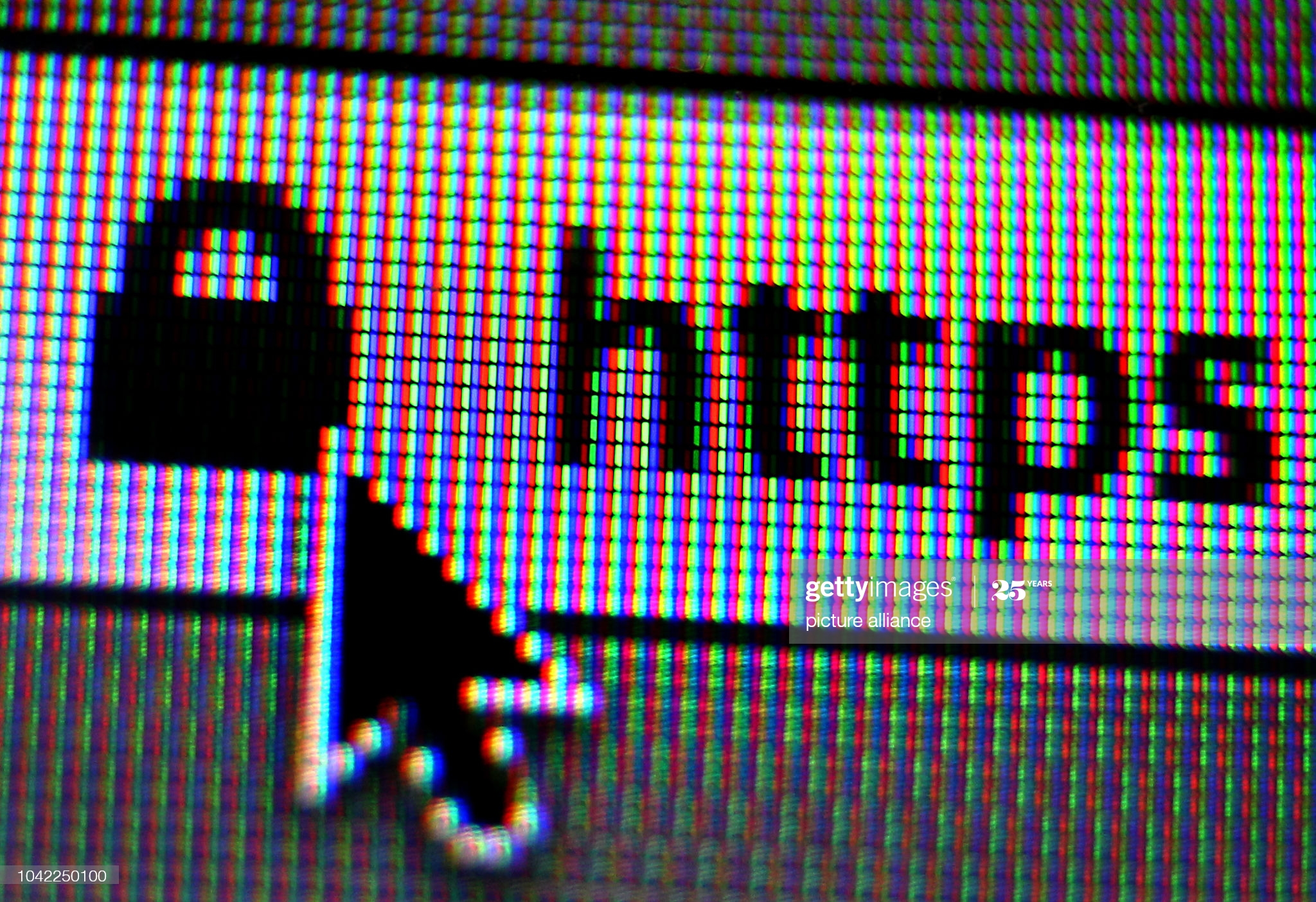
Protocol is a well-known set of rules and standards used to communicate between computing devices. For technology to adapt and absorb new communications we can use different protocols to work with. Each devices and network have unique addresses which are just a series of numbers. This address system is called IP (internet protocol).
IP address is a unique identifier therefore, we need IP addresses to allow computers to send and receive information to specific computers and serves in a given network.
Way information is transferred on the internet is by using a protocol called packet of information which travels one place to another. Many kinds of digital information can be sent with IP packets with some limitations.
Sending a huge image to a friend using online tools, the computer packs the information in many packets each of which has the IP address and where it is going. On the internet, our computers send different messages and links to other computers which are the tools we use every day. But there is limited amount to how large a message can be since there is a limit to how much data can be reasonably transmitted at once by physical network connections.
This is the reason why we have packets. Many networking protocols split each message into multiple small packets. The IP (Internet Protocol) describe the structure of packets.

Routers are special devices that chooses the rout the information can take to reach the destinated device. Routers use internet protocol to identify cheapest available path for each piece of data for the packet. These paths are not necessarily always the fastest because sometimes best routs are not the shortest. Having many options for network allows the system to be fault tolerant which is the basis of the key principle of the internet, reliability.
Routers get their name from how they route the IP Packets across the networks. A router connects different links, examine IP packet headers, looks at destination address and consult a routing table of recognized networks. The table indicate the connections to the send the packets on as the next link. An example of a router is computer hardware that transfers Internet messages to a laptop in another room; a wireless router.
Routers perform the traffic directing functions on the Internet. Data sent through the internet, such as a web page or email, is in the form of data packets. Therefore it's a device necessary for the communications between computers to happen.
URL stands for Uniform Resource Locator. This is normally referred to as the web address that we type in to reach that website.
When a website link is entered in our computers, our computer connects to a server in milliseconds, the computer asks the server about where to reach the website using the language called HTTP which stands for Hyper Text Transfer Protocol. When a computer is communicating to get to the website it uses GET request to the website server to log in and brows websites and the server gives the code in HTML.
Pages will load slower sometimes when a website is linked with a lot of information such as excessive number of pictures or videos. Your browser does not just use get request to receive information, it also allows you to input something using different request and upload your data. Cookie data is an ID number to identify you as you. This ID number is sent to the server and sent back to your devices.

HTTP is the underlying protocol used by the World Wide Web to define how messages are formatted and transmitted and what actions Web servers and browsers should take in response to various commands. HTML makes it possible for clients and servers communicate by exchanging individual messages using request-response protocol. HTTP is a stateless protocol, meaning that the server is not required to retain session information or status about each user for the duration of multiple requests. This can become problematic for interactions with certain pages, such as using an e-commerce shopping basket. While HTTP is stateless, using HTTP cookies allows for stateful sessions.